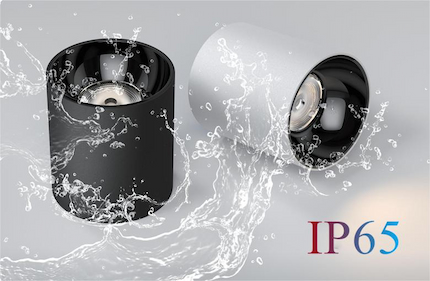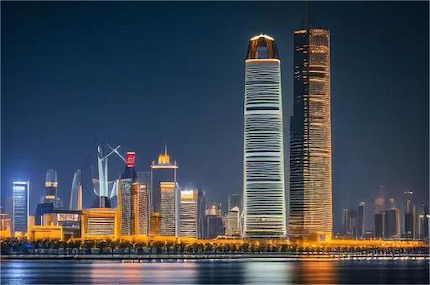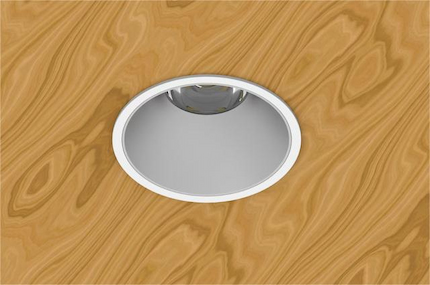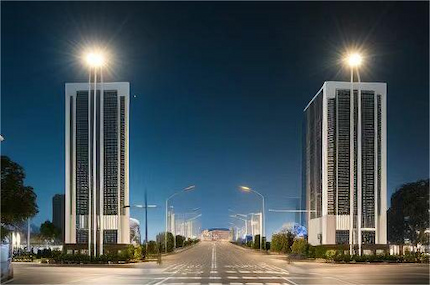Oct 04, 2023
In The World Of Lighting Fixtures, Understanding Ip (Ingress Protection) Ratings Is Crucial For Selecting The Appropriate Level Of Protection Against Dust And Water Intrusion. Whether For Indoor Or Outdoor Applications, The Ip Rating Provides Valuable Information About The Durability And Suitability Of Led Lights In Different Environments. In This Article, We Will Delve Into The Significance Of Ip Ratings And Guide You In Choosing The Correct Ip Rating For Led Lights Based On Specific Applications And Environmental Conditions.
1. Understanding Ip Ratings:
Ip Ratings Consist Of Two Digits That Indicate The Level Of Protection Provided By An Enclosure Against Solids (First Digit) And Liquids (Second Digit). The First Digit Ranges From 0 To 6, Representing Protection Against Solid Objects Such As Dust Or Debris. The Second Digit Ranges From 0 To 9, Indicating Protection Against Water Ingress And Moisture. The Higher The Digit, The Greater The Protection.
2. Indoor Applications:
For Indoor Applications Where Exposure To Moisture And Dust Is Minimal, a Lower Ip Rating Is Generally Sufficient. Areas Such As Residential Homes, Offices, And Retail Spaces Typically Require An Ip Rating Of Ip20 Or Ip21, Offering Protection Against Solid Objects Larger Than 12.5mm And Vertical Dripping Water, Respectively. These Ratings Are Suitable For Indoor Led Lights Such As Downlights, Bulbs, And Track Lights.
3. Outdoor Applications:
Outdoor Environments Subject Led Lights To Greater Challenges, Including Exposure To Rain, Dust, And Environmental Elements. The Appropriate Ip Rating Depends On The Specific Outdoor Application:
a) General Outdoor Lighting:
Led Lights For General Outdoor Lighting, Such As Walkways, Parking Lots, Or Public Areas, Should Have a Minimum Ip Rating Of Ip65. This Rating Ensures Protection Against Dust Intrusion And Powerful Water Jets From All Directions, Making Them Suitable For All-Weather Conditions.
b) Landscape Lighting:
Landscape Lighting Fixtures Require a Higher Level Of Protection. An Ip Rating Of Ip67 Or Higher Is Recommended. Such Fixtures Can Withstand Temporary Submersion And Are Resistant To Fine Dust Particles. This Allows Them To Endure Harsh Weather Conditions And Maintain Reliable Functionality Throughout The Year.
c) Wet Locations And Harsh Environments:
Led Lights For Wet Locations Like Swimming Pools, Fountains, Or Coastal Areas Need a Higher Level Of Waterproofing. An Ip Rating Of Ip68, Indicating Protection Against Long-Term Immersion In Water, Is Advisable. Additionally, These Lights Should Have Corrosion-Resistant Materials To Withstand The Corrosive Effects Of Chlorine Or Saltwater.
4. Specialty Applications:
Certain Specialized Applications Require Specific Ip Ratings:
a) Industrial Settings:
Industrial Environments, Such As Factories Or Warehouses, May Involve High Levels Of Moisture, Dust, And Vibrations. Led Lights Placed In Such Areas Should Have a Minimum Ip Rating Of Ip65. Additionally, They Should Be Designed To Resist Impacts Or Vibrations To Ensure Longevity And Dependable Performance In Demanding Conditions.
b) Hazardous Areas:
Hazardous Areas, Such As Chemical Plants Or Oil Refineries, Require Explosion-Proof Led Lights. These Fixtures Need To Meet Strict Safety Standards And Have High Ip Ratings, Often Ranging From Ip66 To Ip69K. They Must Withstand Potential Gas, Dust, Or Vapor Explosions While Offering Reliable Illumination.
Conclusion:
Selecting The Correct Ip Rating For Led Lighting Fixtures Is Essential To Ensure Their Suitability And Durability In Different Applications And Environments. By Understanding The Significance Of Ip Ratings And Considering The Specific Requirements Of Your Space — Whether Indoor, Outdoor, Or Specialized — You Can Make Informed Decisions. Remember To Consult With Lighting Professionals Or Manufacturers To Ensure Compliance With Safety Standards And To Address Any Specific Concerns. With The Appropriate Ip Rating, You Can Confidently Illuminate Your Space With Led Lights That Provide Reliable Performance, Longevity, And The Necessary Protection Against Dust And Water Ingress.



